|
“Art expresses man” - Shinichi Suzuki - What happens when you mix a unique, exceptionally executed, and relatively rare artform with observational social commentary? You get Hiromi Moneyhun's upcoming exhibition Inside Out, opening on March 28th. The exhibition, running until June 27th of this year, is a commentary on the emergence of women's individuality in the face of the historically enduring struggle towards emancipation from and within overarchingly male dominated societies. When we first spoke to Hiromi Moneyhun in December of 2016, she was rounding out a very busy year of exhibitions highlighting her extraordinary Kirie (the Japanese art of paper cutting) masterpieces. We spoke with her this week to catch up on what has changed for her since then and to learn more about this amazing new exhibition. Thank you so much for taking the time to speak with us again! It's been just over two years since you were first featured on our blog in 2016. How do you find you have evolved as an artist since then? How would you describe the evolution of your art in that time? I don't know if I would use the word "evolve" right now. I have not changed my approach or my technique or my medium. I'm still cutting paper with an X-Acto knife. And I still follow my interest in subject matter the way that I always have. I don't feel particularly calculating in the themes I pursue. I think that my initial attraction or interest is purely visual at first, and then anything theme-related comes later. The visual element must dictate the theme, and not the other way around. The art comes first. If the art is subject to the theme, it sinks into propaganda. The art must stand on its own.
How do you personally identify with the themes presented in Inside Out? Like I said above, I'm from Kyoto, Japan. It's a city of extremely complex social structures that are largely male-driven. Japan is a country of "company men" and "office ladies." It's possible that I wouldn't have the opportunities back home that I have here. America is much more open to the idea of women in charge of their own destinies. You've only recently completed a mural project at the Cummer - please tell us more about that. My fellow artist, Dustin Harewood asked me if I wanted to be part of the fence project at Cummer Museum. The inspiration for the mural came from Cummer's permanent collection, Meissen porcelain plates, and one of Chikanobu Toyohara's Japanese woodblock prints. It was interesting, and it went well. I did the original drawing on paper and then transferred it to the fence with a projector. My husband and I and a friend penciled it in during three night sessions. Night because I was using a digital projector, and we needed darkness to see the image on the fence. After penciling in the lines at night, I painted it in during daylight hours. It took me about four weeks. You're known primarily for your unique medium of paper-cutting, and you have an obvious talent for drawing. In what other mediums do you work that might surprise us? I also hand sew a few traditional Japanese craft items. And after I came to Jacksonville in 2004, I learned to do embroidery on my father-in-law's vintage freehand single-needle Singer machine. I also did a piece of wire sculpture a few years ago for St. Augustine's Obelisk 450 celebration. It now sits inside the Oldest Wooden School House. What have you learned about yourself through your work? I've learned that I can do long hours of tedious work! What experience do you intend to create for the viewer of your art? I guess that my only intent is to create a "Wow!" experience for the viewer. Maybe the pleasure of looking at what can be accomplished with a single piece of paper and sharp blade. How do you define success in what you do? I feel successful when I complete a piece and see it hanging in a show under proper conditions, like a beautiful space with good lighting. And when people tell me how much they like my art. To me, that's success. THANK YOU
We'd like to thank Hiromi for her participation in this interview. We'd also like to thank you for reading. The Cultural Council of Greater Jacksonville serves six primary roles in Northeast Florida.
In 2018, we have set the goal of building relationships with 2,018 individual contributors. Whether you make a small gift of $10, make a pledge of a re-occurring sustaining gift, or make a large dollar contribution, your support of the Cultural Council enables the agency to advance its mission of investing in arts and culture to enrich life in Northeast Florida. You can make your contribution as an individual, family, foundation, or business. Your tax deductible donation allows the Cultural Council to support the growth of Greater Jacksonville's arts and cultural sector through initiatives and programs that align with the agency's mission.
0 Comments
Leave a Reply. |
Questions? Comments? Submit something for consideration?Please email [email protected] Archives
June 2019
Categories
All
|
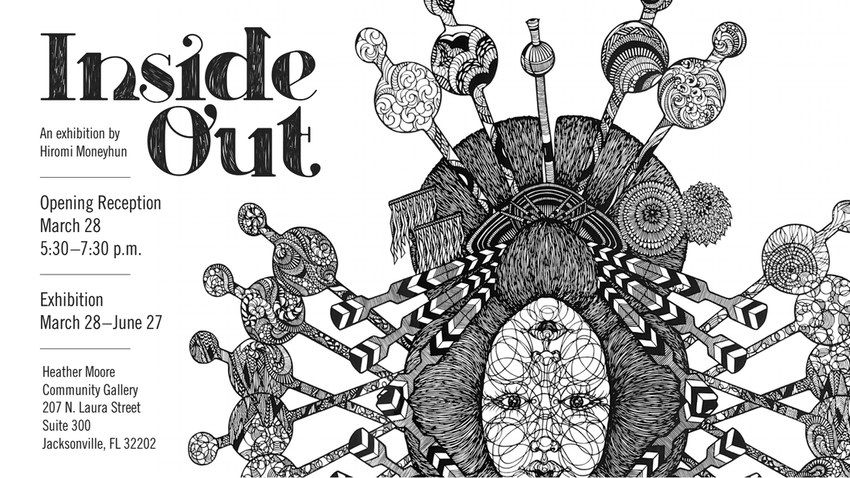
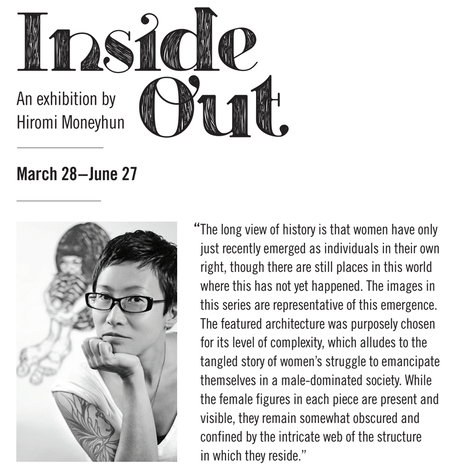
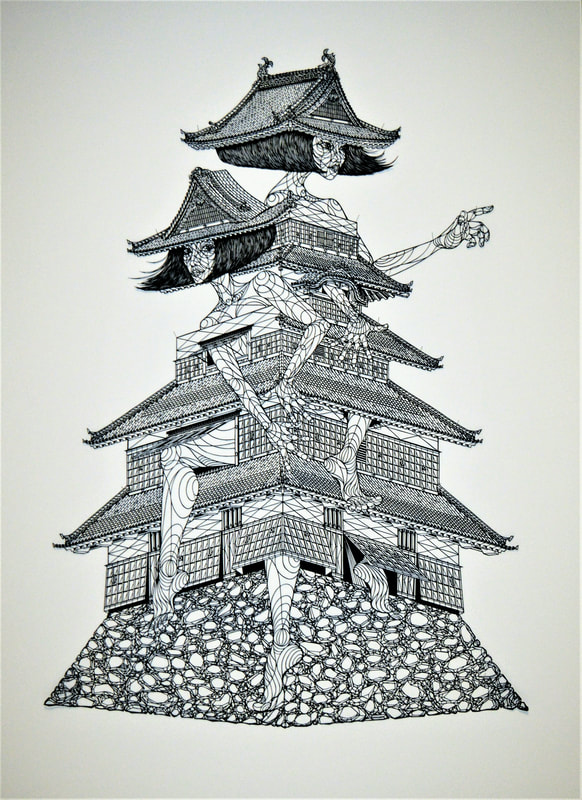
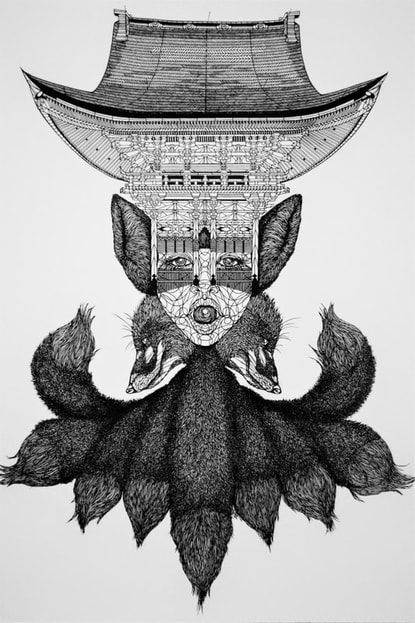
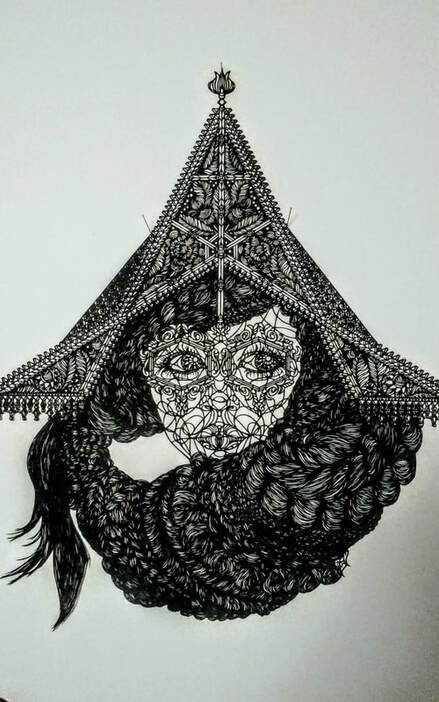
 RSS Feed
RSS Feed
